Caffeine is a natural alkaloid, found in the leaves, fruits, and nuts of many different plants, including coffee, guarana, tea, and about 60 other plants. Unbelievable, but caffeine is found in various types of plants, and completely different parts of the world.
One of those plants is the cocoa tree, where caffeine is found in the seeds. The grains are similar in size and shape to almonds and grow inside cocoa pods. One pod contains thirty to forty seeds.
In a small amount, for example with drinking 1 to 2 cups of coffee, caffeine improves concentration and performance and dispels fatigue. Taking too much caffeine can have adverse effects, such as restlessness, anxiety, sleep problems or headaches. What is too much different from person to person.
What Does Mainly Caffeine Contain?
Caffeine is found in coffee beans, tea leaves, cocoa beans, guarana berries and cola nuts. Coffee, tea, cola, iced tea, chocolate and chocolate milk, energy drinks, energy shots and drinks with guarana contain caffeine.
Nowadays there are also various products with extra caffeine on the market, such as chewing gum, candy, hot and dark chocolate.
Caffeine-Free Alternatives
Decaffeinated coffee, herbal teas and decaffeinated cola are good substitutes for people who prefer to take less or no caffeine. A cup of decaffeinated coffee is not completely decaffeinated. It still contains 2 to 4 milligrams of caffeine. Coffee substitutes, such as Bambu, do not contain caffeine at all.
Health Effects of Caffeine
Caffeine gets into the blood quickly. Half is in your blood 3 to 4 minutes after eating or drinking. You will experience the effects between ½ hour and 2½ hours after drinking coffee.
Positive Effects of Caffeine
In adults, caffeine in quantities comparable to 1 to 2 cups of coffee has a stimulating effect on concentration and performance: it gives a feeling of increased energy and dispels a feeling of fatigue. Caffeine also slightly improves memory, alertness and motivation.
Larger amounts do not give an extra effect. For athletes, caffeine can help to exercise for a longer period of time.
How to Know That Does Hot Chocolate Have Caffeine:
Now the question arises does hot chocolate have caffeine? What is the amount of caffeine in hot chocolate? How much caffeine does different types of chocolate contain and is that caffeine harmful? Let’s find out!
Caffeine can be found in the cocoa bean
Cocoa beans contain between 0.1% and 0.7% caffeine, 0.2% is the most common amount. Caffeine is also present in smaller amounts in the shell surrounding the cocoa beans, usually from 0.5% to 0.3%. For comparison, dry tea leaves have about 3% caffeine and dry coffee beans about 1.2% caffeine.
During the chocolate making, the fibrous shell that surrounds each grain is removed through the process of breaking the grain into pieces, separating the pods from the beans, and then separating the lighter pods using a high-pressure vacuum cleaner, so the pieces of grain formed during this process have a very high value.
They contain caffeine found in chocolate. The more of these quality ingredients are used to make chocolate, the more caffeine it will contain.
These parts of the grain contain about 54% fat. The fat is called cocoa butter, but it does not contain caffeine. Dark chocolate is dark because it contains a higher percentage of this ingredient than milk or white chocolate.
How much does dark chocolate have caffeine
Due to the above fact, dark chocolate contains more caffeine than any other. Dark chocolate is made with different percentages of cocoa content.
There is an inverse relationship between dark chocolate and the percentage of how much it is eaten. Generally, dark chocolate is eaten in small amounts.
Finally, there is a moderate amount of caffeine in dark chocolate, not nearly as much as in coffee, and no one will eat enough dark chocolate in one breath to ingest the same amount of caffeine that can be found in a cup of coffee.
How much does milk chocolate have caffeine
The caffeine in milk chocolate is traceable. It is difficult to qualify when it comes to this type of chocolate because each manufacturer has its recipe, and the percentage of chocolate that comes from cocoa beans varies from manufacturer to manufacturer.
According to one study, it was determined that milk chocolates contain less than 8.5% or more than 40% of cocoa from cocoa beans (the rest is cocoa butter, milk, sugar, and sometimes vanilla, soy milk, and salt).
If we use average amounts, we can calculate that 30g of milk chocolate contains 145 milligrams of caffeine. Is that a lot of caffeine? No, so people can eat more milk chocolate without thinking, without being bothered by caffeine. High amounts of sugar are more likely to cause bad reactions than natural caffeine.
How much does white chocolate have caffeine
White chocolate is made from cocoa butter, milk, and sugar. Sometimes a little vanilla is added to round out the flavor. Almost all white chocolates use cocoa butter as their main ingredient. This means that the solid parts of the cocoa beans are removed through filtration.
All that remains is the natural fat from the cocoa beans. Since that is all that is left and there is no caffeine in milk, sugar, or vanilla, caffeine is not present in white chocolate.
Conclusion
All types of chocolate, except white, naturally contain a certain dose of caffeine in them. Therefore, if you are wondering if hot chocolate contains caffeine, the answer is in most cases yes, it does.
White hot chocolate will of course not contain caffeine, and depending on whether the hot chocolate is made from dark or milk chocolate, the amount of caffeine will vary. Nevertheless, the amount of caffeine found in hot chocolate is not dangerous nor does it have a major impact on health.

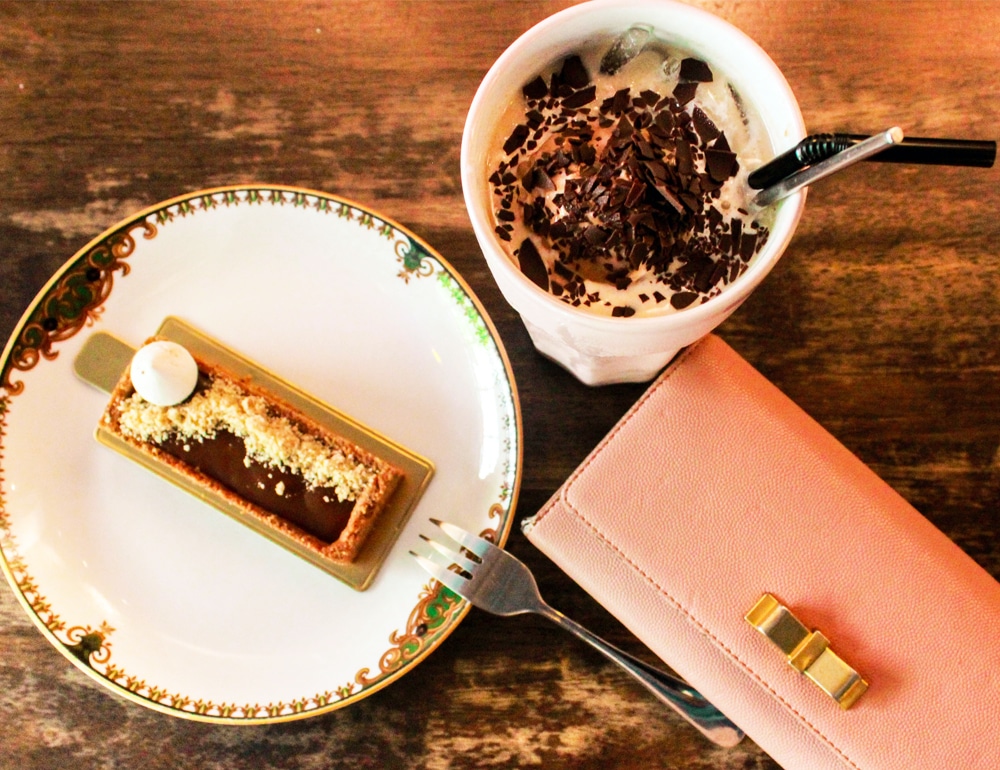
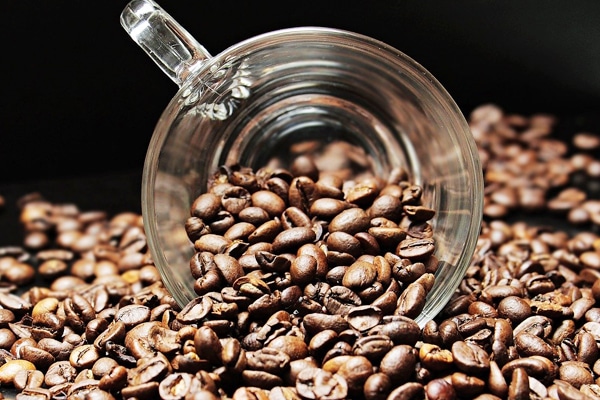
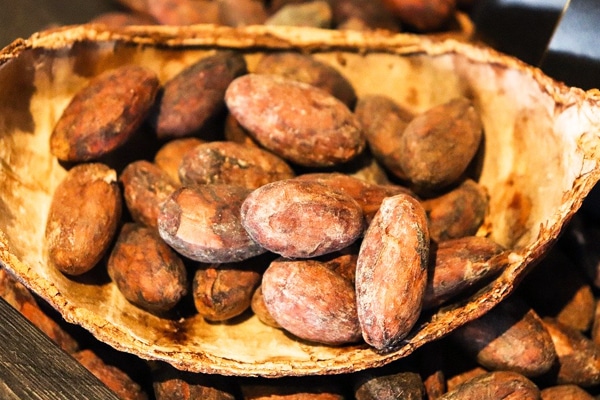
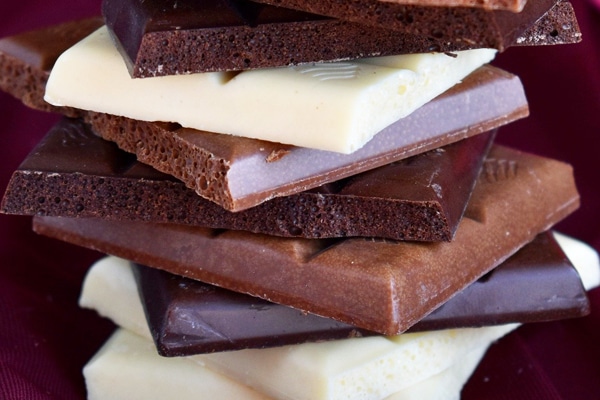
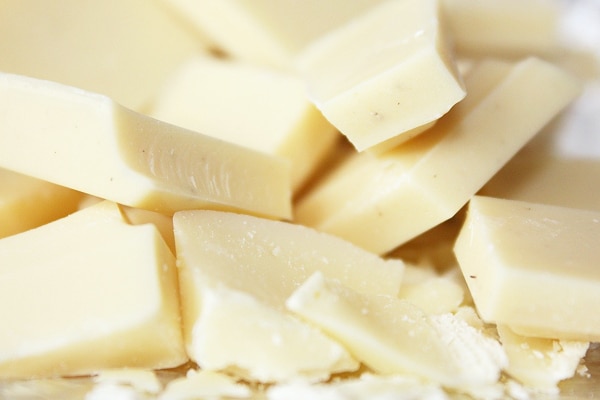


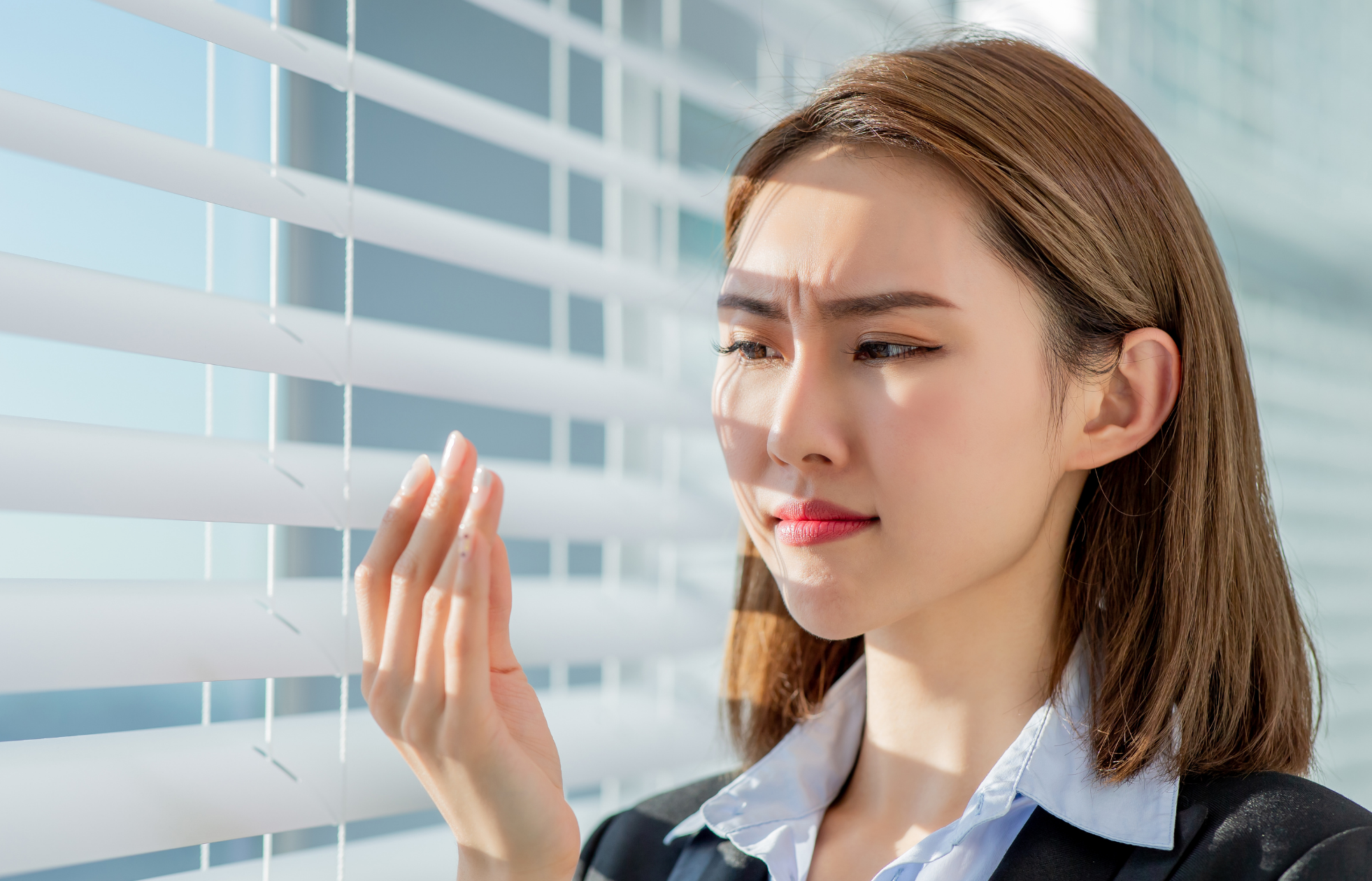
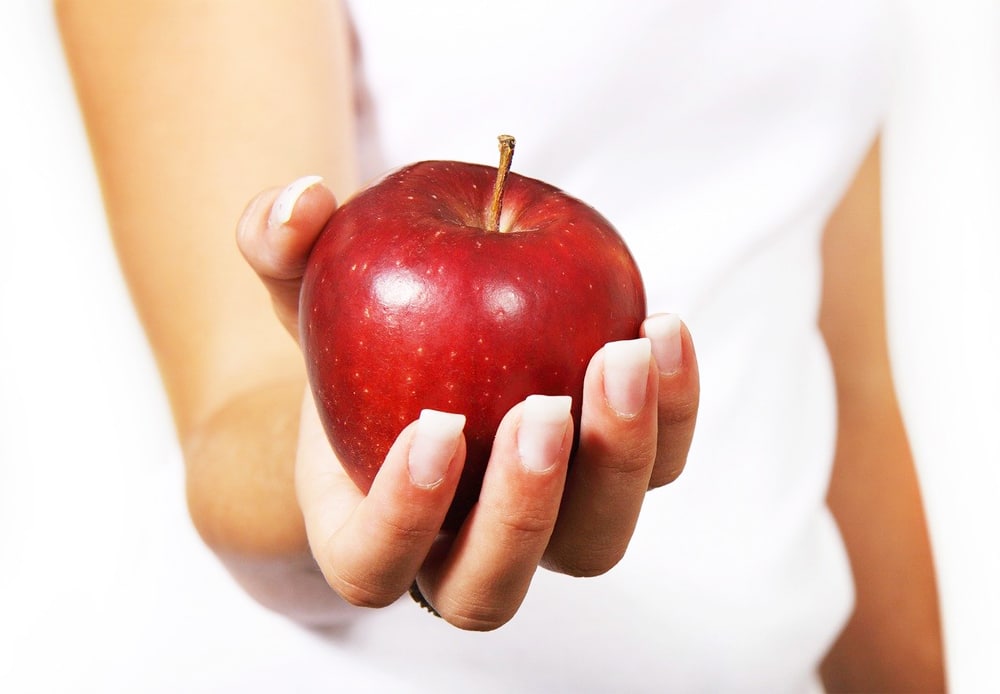
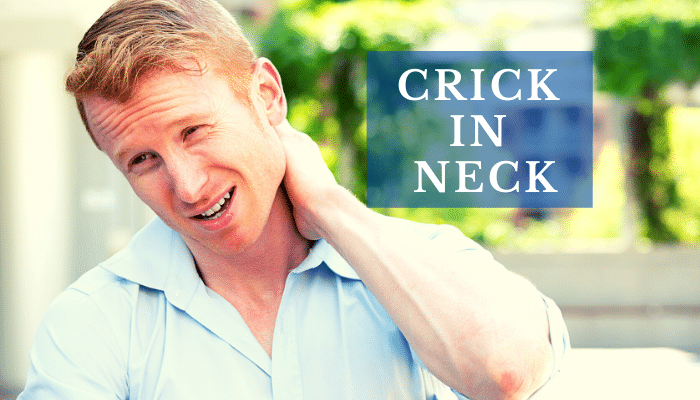
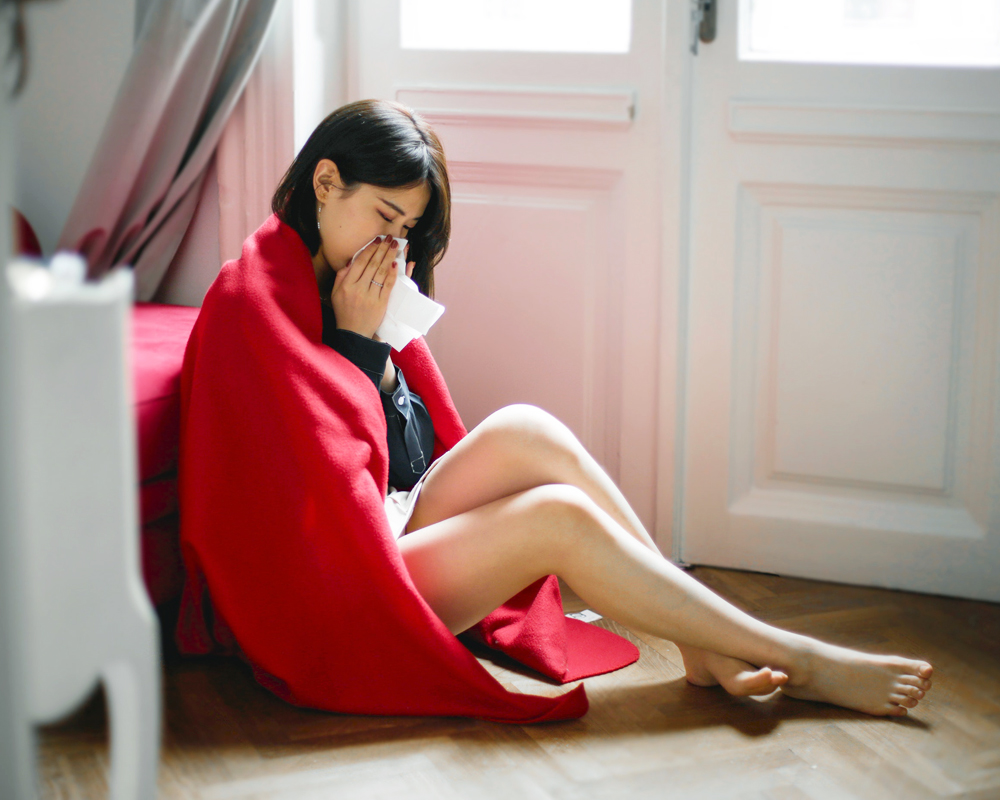
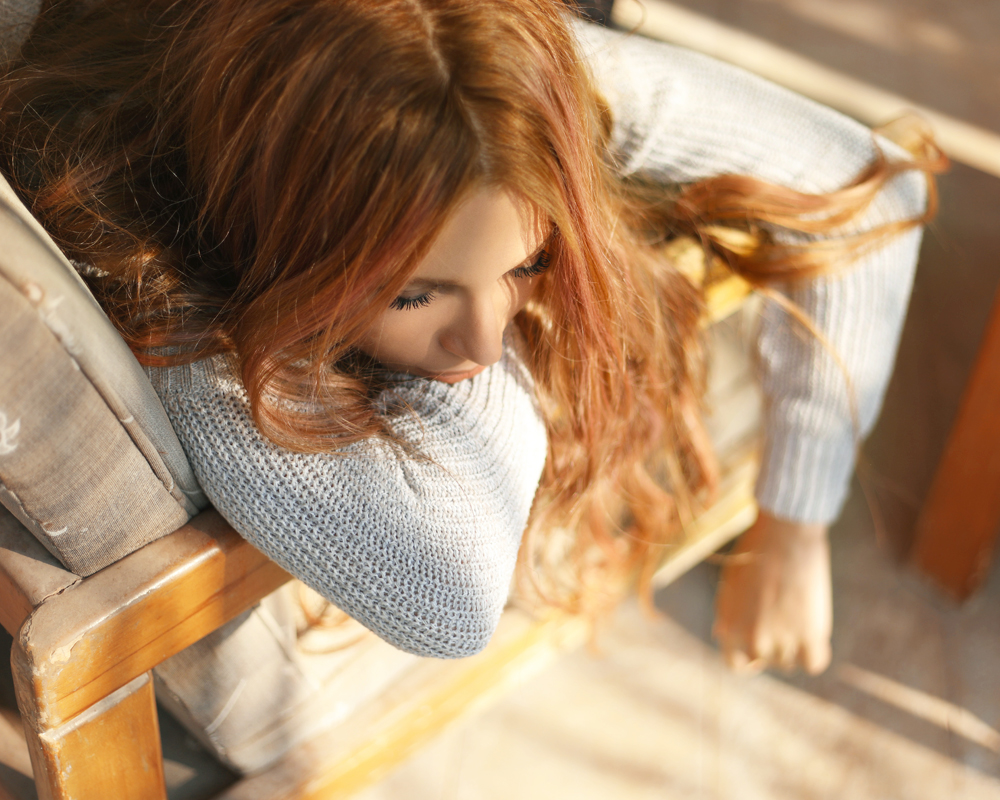

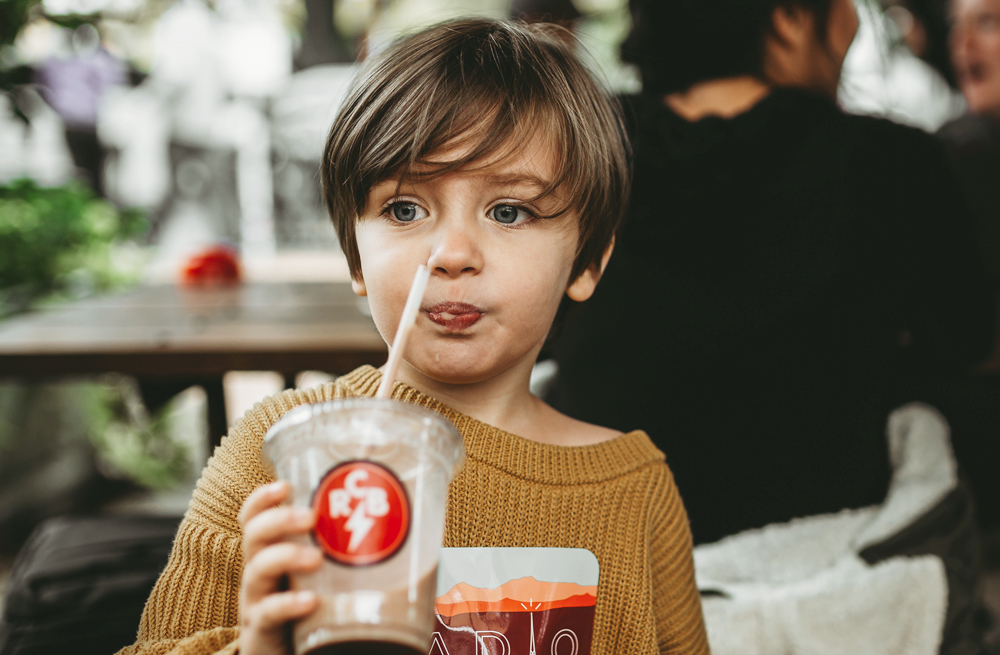
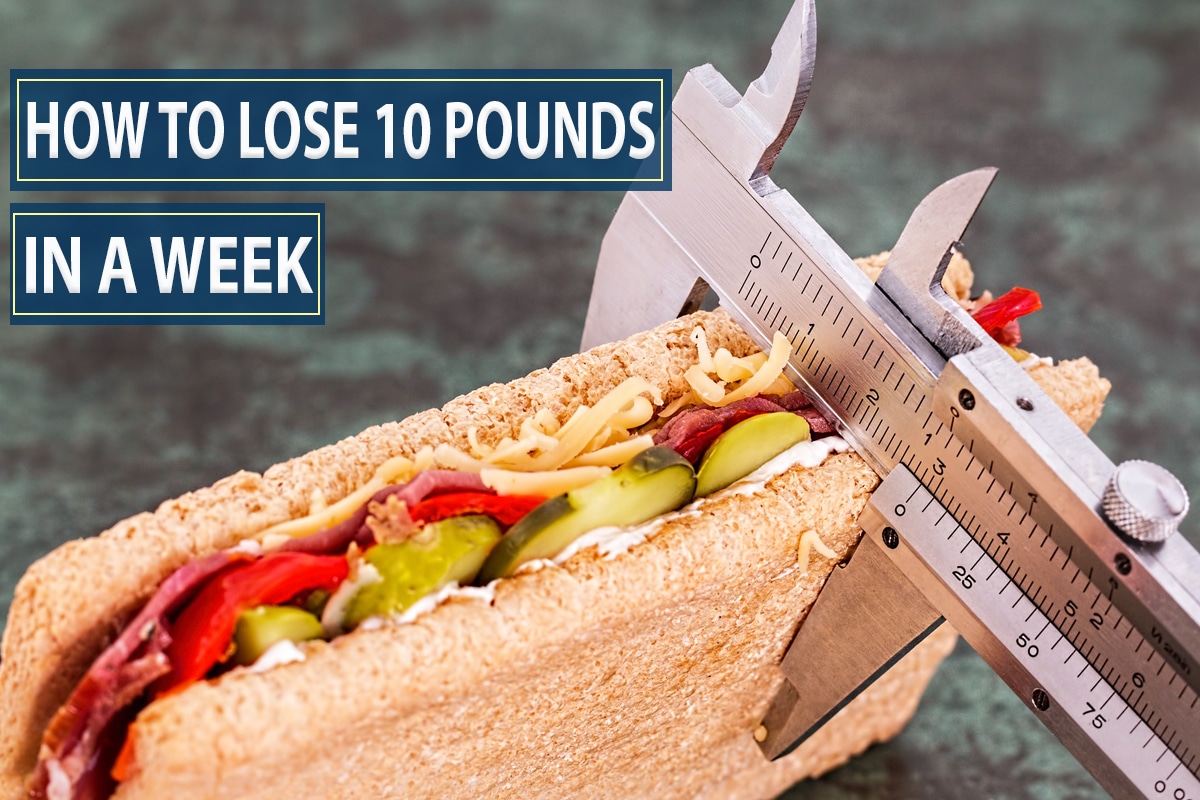
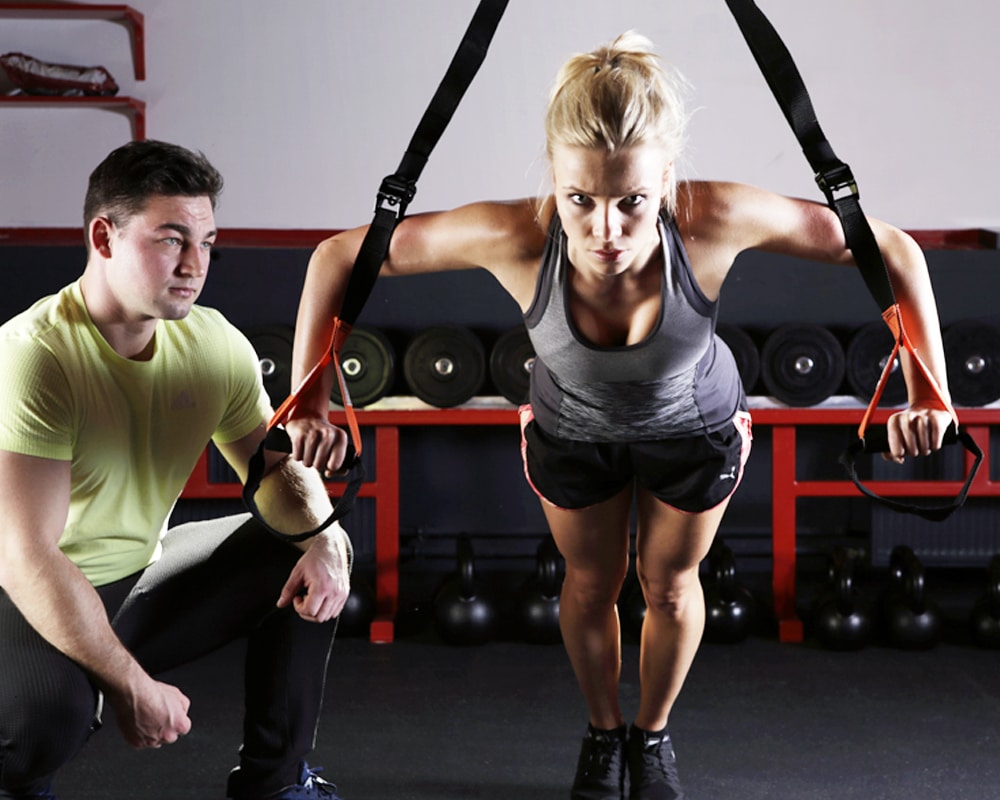
[…] has proven it: drinking hot chocolate improves the general health of your brain! You want to know how, right? Chocolate milk contains […]